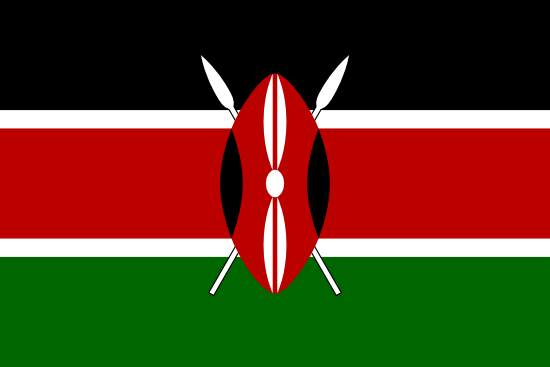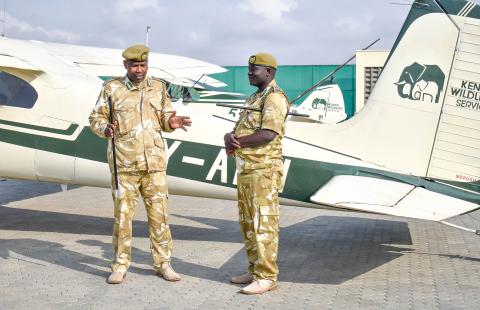National Wildlife Census
Date Published:
Thursday, August 8, 2024 - 11:15 Source KWS
The third phase of the 2024-2025 National Wildlife Census, which began on 31 July 2023 has concluded successfully after a comprehensive four-day aerial count of the Athi Kapiti ecosystem. Following the Mara and Amboseli-Magadi ecosystems, this phase marks a crucial step toward understanding Kenya's diverse wildlife populations and their movements.
Covering approximately 6,510 square kilometers, the Athi Kapiti ecosystem is predominantly occupied by private conservancies. This area plays a vital role as a wildlife corridor linking the Nairobi National Park and Amboseli National Park. Joseph Dadacha, Senior Assistant Director of the Southern Conservation Area at Kenya Wildlife Service (KWS), highlighted the ecosystem's significance in facilitating wildlife movement between these parks, thus an essential ecosystem for alleviating pressure on the two parks.
As human populations grow in areas like Isinya, Kisaju, and Kitengela, wildlife is increasingly being pushed into the Machakos ranches. Census data are therefore crucial for the KWS to manage human-wildlife conflicts more effectively. "You cannot conserve what you do not know." stated Dadacha as he emphasised the necessity of accurate data for successful wildlife management.
Steven Nduati of the Wildlife Research and Training Institute (WRTI) highlighted the key objectives of the census in this area: documenting wildlife populations, tracking their locations, determining necessary conservation space, analyzing habitat distribution, understanding the impact of human activities, and assessing population trends to ascertain whether they are increasing, declining, or stable.
Nduati also emphasized the importance of the census in understanding wildlife trends and addressing challenges such as habitat loss and human-wildlife conflict. "This census is crucial for the sustainable management of our wildlife resources. The data collected will inform strategies for protecting and preserving Kenya's rich biodiversity. “The collaboration between KWS and WRTI has proven mutually beneficial”, Nduati noted adding, "Combining our expertise enhances conservation efforts and addresses the dynamic challenges faced by the Athi Kapiti ecosystem."
The insights gained from this census phase will aid in preserving the crucial role of the Athi Kapiti ecosystem as a wildlife corridor, ensuring the harmonious coexistence of human and wildlife populations. The continued success of such initiatives is vital for Kenya's conservation goals and sustainable management of its rich biodiversity.
The subsequent phases will continue to build on the collected data, ensuring a holistic understanding of the country's wildlife dynamics. KWS, along with its partners and stakeholders, remains committed to conserving Kenya's wildlife heritage. “The outcomes of this census will play a vital role in shaping the future of wildlife management in the country,”. Says Mr. Dadacha.

